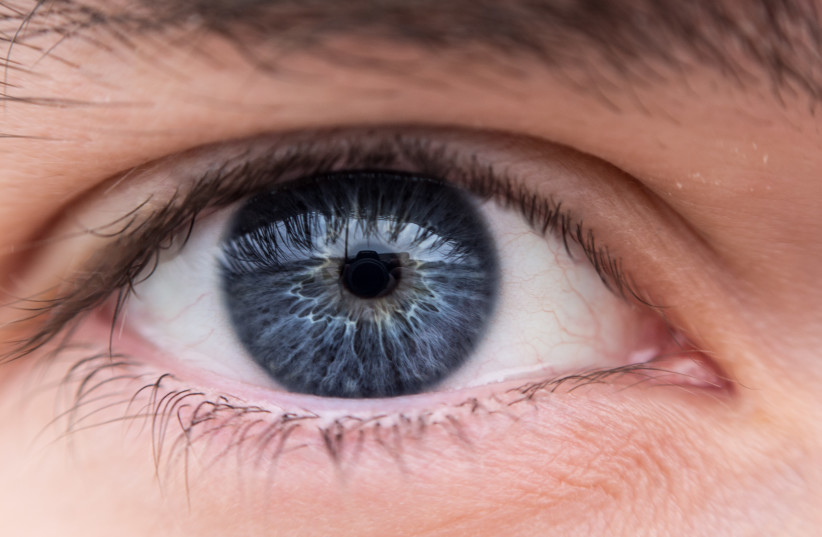We blink our eyes without thinking about it but spend a remarkable fraction of our awake time while blinking. Most adults do it about 14 to 17 times per minute; that adds up to 840 to 1,020 blinks every hour, and if you sleep for eight hours every night, you probably blink about 13,440 to 16,320 times a day while you’re awake.
But why do we do it? Obviously, blinking lubricates the eyes and protects them from dust and dirt. But researchers at the University of Rochester in New York State -- adding to a growing body of evidence revising our conventional views of vision – have discovered that blinking plays a key role in processing visual information.
Prof. Michele Rucci in the brain and cognitive sciences department and colleagues have just published their findings in the Proceedings of the National Academy of Sciences under the title “Eye blinks as a visual processing stage.”
Since blinks prevent an image of the external scene from forming on the retina, it’s a peculiar quirk of evolution that we spend so much time in this seemingly vulnerable state, “by modulating the visual input to the retina, blinks effectively reformat visual information.
This yields luminance signals that differ drastically from those normally experienced when we look at a point in the scene,” explained Rucci who with his colleagues tracked eye movements in human observers and combined this data with computer models and spectral analysis.

They analyzed the various frequencies in visual stimuli to study how blinking affects what the eyes see compared to when the eyelids are closed.
First, they measured how sensitive people are at perceiving different types of stimuli like patterns at different levels of details.
How sensitive are people in perceiving different types of stimuli?
They found that when people blink, they become better at noticing big, gradually changing patterns – blinking supplies information to the brain about the overall big picture of a visual scene.
The results show that when we blink, the rapid motion of the eyelid alters the light patterns that are effective in stimulating the retina.
This creates a different kind of visual signal for our brain compared to when our eyes are open and focused on a specific point.
Bin Yang, a graduate student in Rucci’s lab and the first author of the paper, commented that “contrary to common assumption, blinks improve rather than disrupt visual processing, amply compensating for the loss in stimulus exposure.”
The findings further reinforce the growing body of research in visual perception from Rucci’s laboratory, highlighting that how humans see is a combination of sensory input and motor activity.
When we smell or touch, for instance, our body movements help our brain understand space. Researchers previously believed seeing was different, but Rucci’s research lends support to the idea that vision is more like the other senses.
Humans spend a remarkable fraction of their awake time while blinking. Here, we show that eye blinks are not simply a mechanism for refreshing the tear film but act as an information processing stage.
By modulating the visual input to the retina, blinks effectively reformat spatial information in the temporal domain, yielding luminance signals that emphasize low-resolution information about the global structure of the visual scene.
We show that human observers benefit from these transients and that this perceptual enhancement occurs independently from motor signals associated with blinks.
Thus, contrary to common assumption, blinks facilitate—rather than disrupt—visual processing, amply compensating for the loss in stimulus exposure.
